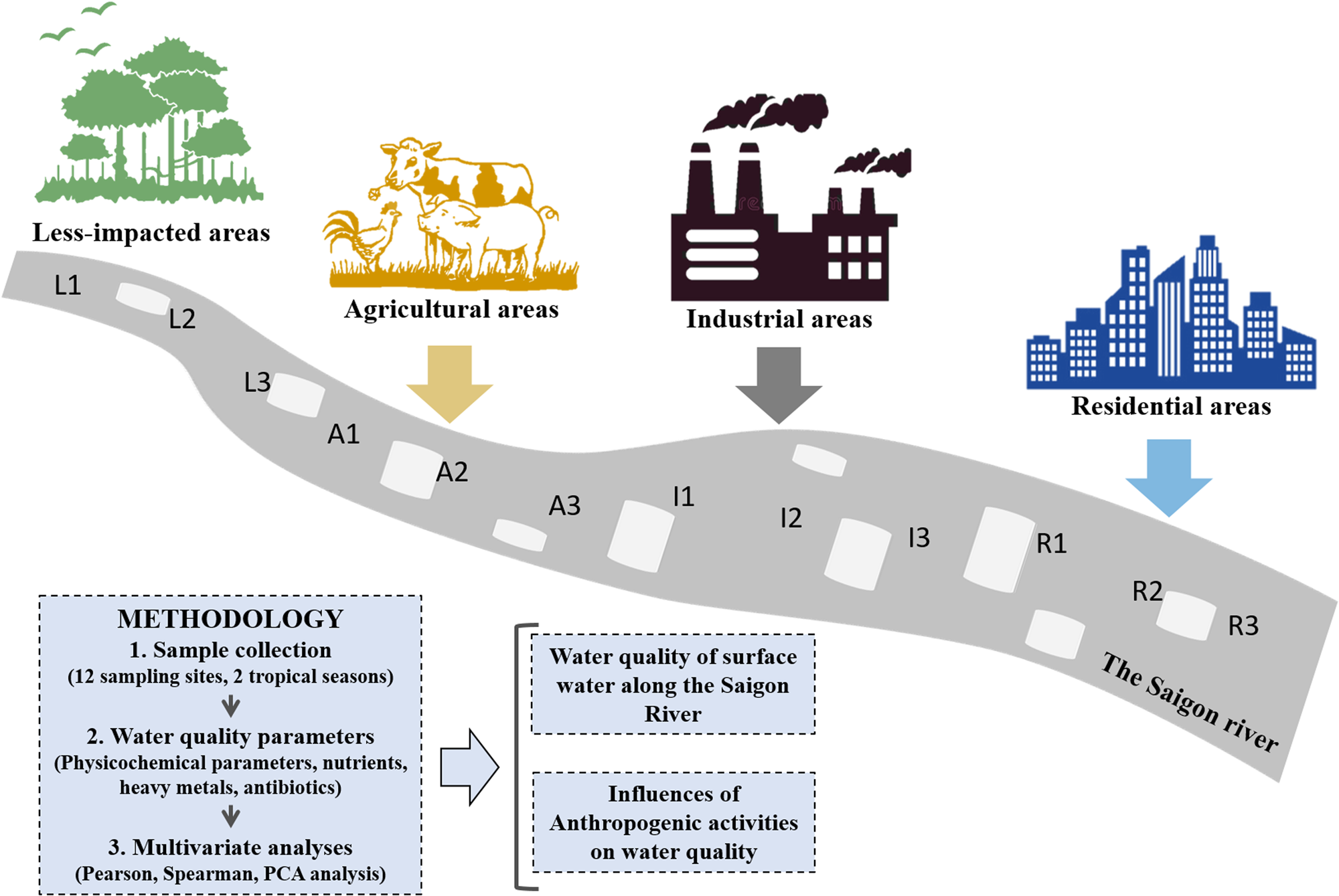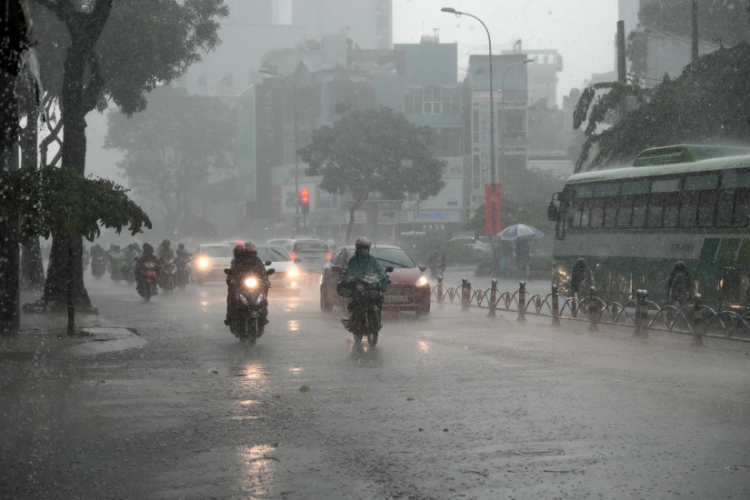Understanding Water Quality Challenges During the Rainy Season in Vietnam
In tropical countries like Vietnam, the rainy season is a much-anticipated time of year. It brings relief from the dry heat, paints the landscape lush green, and temporarily clears the air of pollution. But beneath this refreshing surface lies a hidden challenge—rainfall can actually worsen water pollution, especially in major urban rivers like the Saigon River in Ho Chi Minh City.
Why Does Rain Make Pollution Worse?
A recent scientific study published in the Journal of Water and Health explored how water quality in the Saigon River changes between the dry and rainy seasons. The findings reveal a concerning pattern: heavy rains dramatically increase runoff, washing a cocktail of pollutants—nutrients, heavy metals, and even antibiotic residues—into the river. This runoff doesn’t just threaten the environment; it also poses serious health risks to millions who depend on this water for daily use.
During the dry season, pollutants from roads, construction sites, factories, and farms accumulate on land surfaces. When the rains come, these contaminants are swept away in large volumes of water, flooding into rivers, canals, and reservoirs. This process, known as urban and agricultural runoff, transforms the river into a conduit for pollution rather than a cleanser.
What Pollutants Are We Talking About?
The study collected water samples from different points along the Saigon River—industrial zones, residential neighborhoods, agricultural lands, and less impacted areas. It found elevated levels of:
- Physicochemical parameters such as temperature, pH, conductivity, dissolved oxygen, total suspended solids (TSS), and chemical oxygen demand (COD). These factors influence the basic health and livability of the water.
- Nutrients like nitrogen (in forms such as ammonium and nitrate) and phosphorus, primarily from fertilizers and sewage. Excessive nutrients can trigger harmful algal blooms and reduce oxygen, threatening aquatic life.
- Heavy metals including iron, copper, and zinc, especially downstream of industrial areas, which can accumulate in the food chain and harm both wildlife and humans.
- Antibiotic residues such as sulfamethoxazole, ciprofloxacin, and trimethoprim, indicating contamination from healthcare facilities, livestock farming, and human waste.
Alarmingly, several of these pollutants exceeded Vietnam’s surface water quality standards during the rainy season, signaling increased risks to ecosystems and public health.

Which Areas Are Affected the Most?
Not all parts of the river are equally polluted. The study pinpointed industrial and residential areas as the biggest contributors to contamination—far outweighing agricultural zones. Urban districts, with their dense populations and factories, release a diverse mix of pollutants, including pharmaceuticals and heavy metals, that stormwater flushes into the river during rains.
Why It Matters
The Saigon River is vital—it supplies water for drinking, irrigation, aquaculture, and recreation. But as the rainy season intensifies pollution, several problems arise:
- Water treatment plants face greater challenges dealing with fluctuating and sometimes extreme contamination levels.
- The presence of antibiotic residues raises concerns about antibiotic-resistant bacteria, which can make infections harder to treat.
- Aquatic ecosystems suffer, with reduced biodiversity and declining fish stocks.
- Public confidence in tap water may decline, pushing people toward bottled water or unsafe alternatives.
While rain refreshes the environment, it also acts as a powerful conveyor belt, sweeping pollutants from land into our water systems. Contrary to the common belief that rain dilutes pollution, it often concentrates and transports it, creating spikes in contamination.
Protecting water quality during the rainy season requires coordinated action: better urban planning, improved waste management, strict industrial regulation, and stronger public awareness. As individuals, understanding these risks is the first step to making informed choices about water use and safety in our daily lives.
- Log in to post comments

